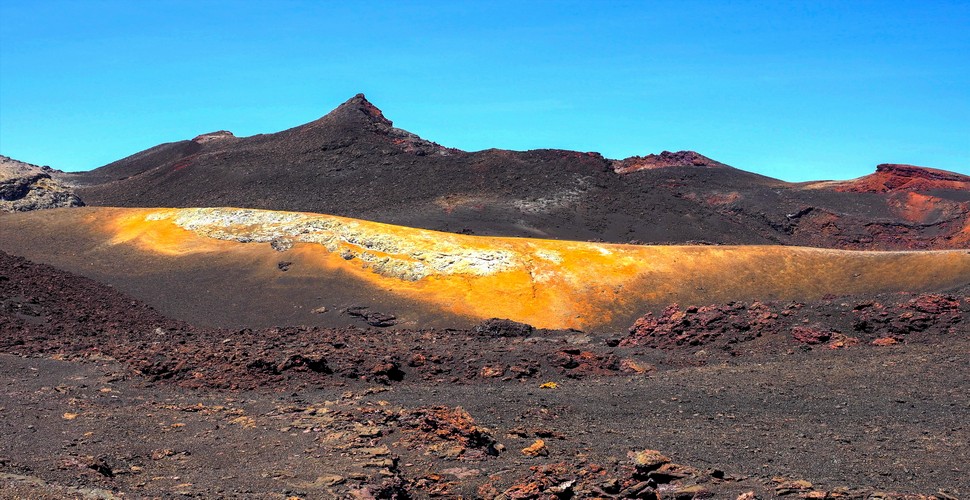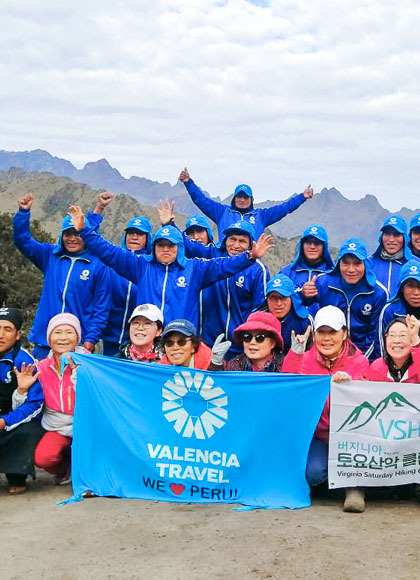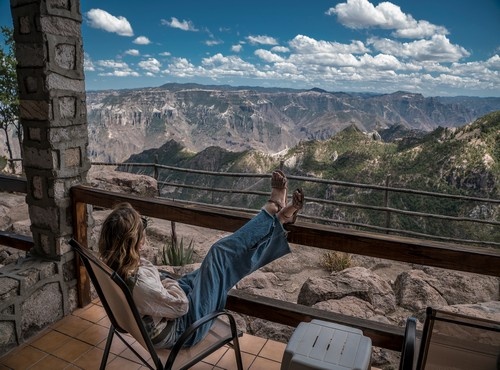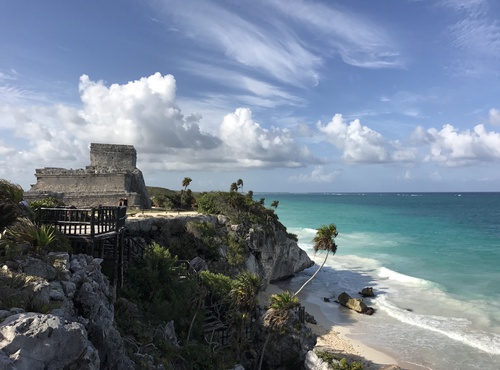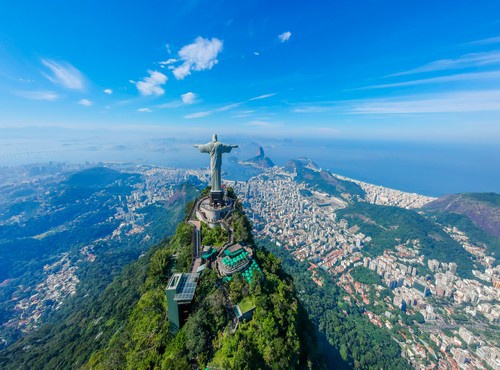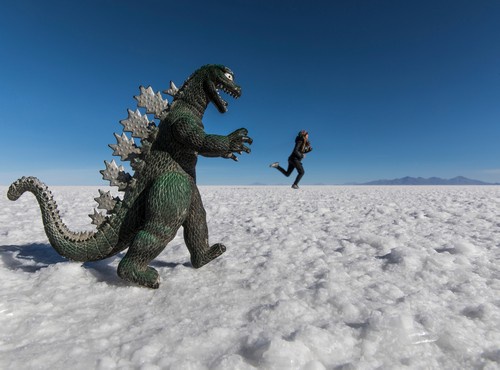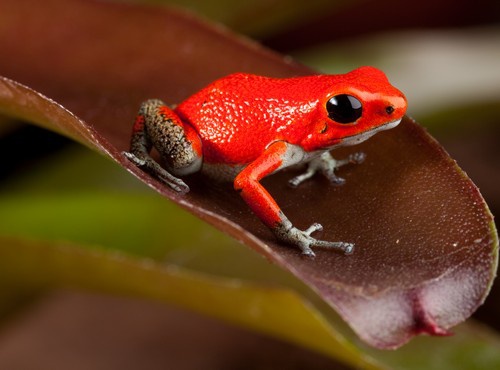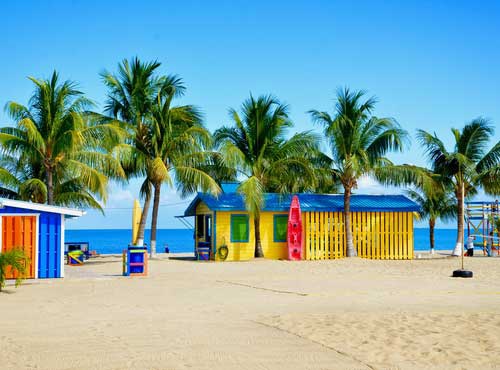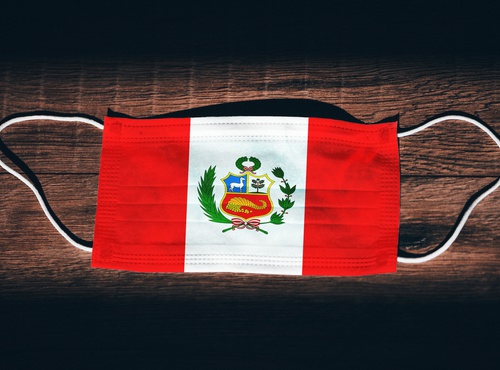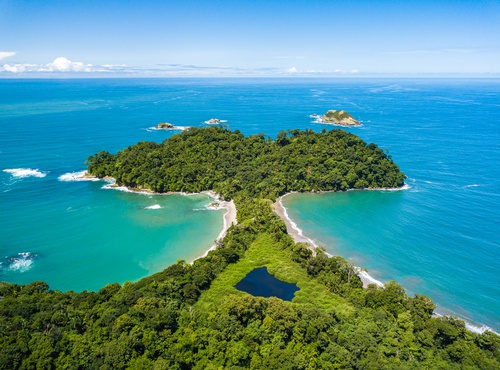
Written by:undefined undefined
Published: 12-05-2022
Ecuador lies on the world-famous “Ring of Fire” and houses more than thirty volcanos, many of which you can actually hike up, cycle down or generally explore. Volcanos on the mainland are found in high-elevation areas and generally deserve a large amount of respect for their potentially dangerous activity, whereas those found on The Galapagos IsIands are generally found at sea-level. No matter which volcano is your preferred, the one thing you can guarantee is an impressive view from the summit with the diverse geography of Ecuador spread below you. Here is a guide to just some of the best volcanos to visit in Ecuador.
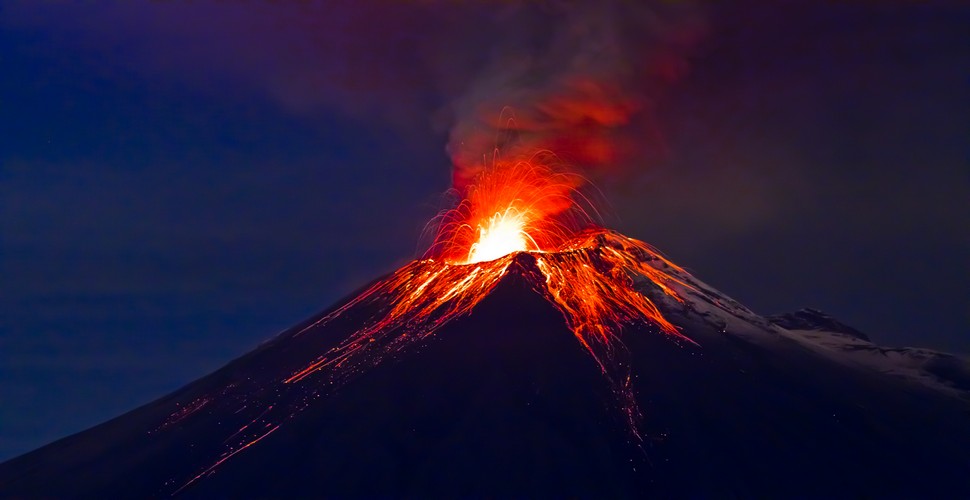
Tungurahua at night
Cotopaxi
The 2015 eruption of the Cotopaxi Volcano caused panic in the surrounding towns and villages, as you can imagine. The mountain is still spewing out vapor and fumes every few days but is much calmer. It is currently not permitted to summit the Cotopaxi volcano nor climb up to its glacier, however it is possible to trek as far as the refuge so that you can still marvel at the impressive views of the valley below. Adventurous mountain bikers can appreciate the volcano´s steep slopes passing over gravel tracks filled with the volcano’s ash, from years gone by. For the more relaxed version, you can take a horse ride through the area for spectacular views.
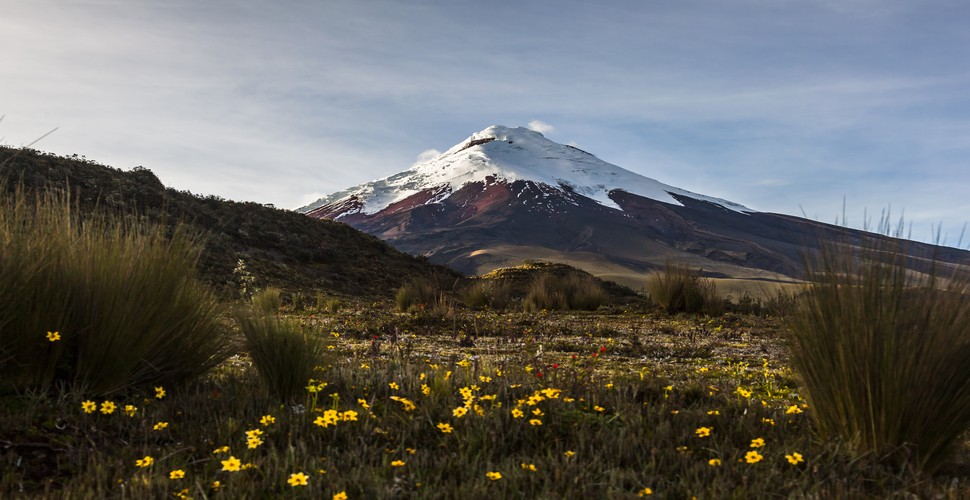
Cotopaxi Volcano
Tungurahua
If you are going to Baños, or if you visit the Swing at the End of the World on your trip to Ecuador, then you are already on the slopes of an extremely active volcano called Tungurahua. The volcano is actually constantly erupting but this doesn’t seem to affect the everyday life of the local people in the region. In fact, they have learned to live alongside the frequent ash and bellowing noise and the local government has even constructed bridges and roads to cross the potential lava flow if the volcano does in fact erupt. Travelers are free to pay a visit to other destinations on the mountain like the luxurious spa, the little-known farm of Panticucho and the swing at the End of the World.
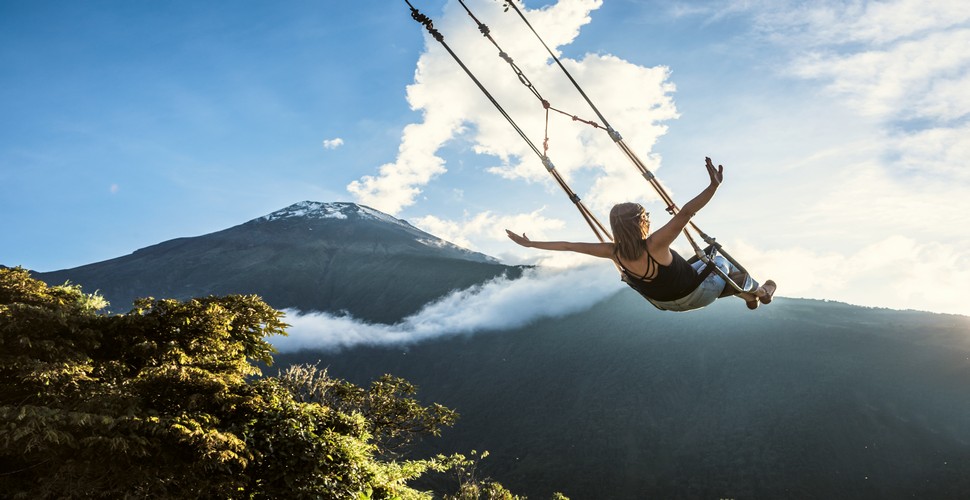
Swing at the end of the world, with Tungurahua
Pichincha
Very close to Quito is a small village called Lloa, which is the gateway to the Pichincha volcano. While some visitors set out from the village, others hire a local guide to take them to the Refugio on this active volcano. From here, it is a half an hour trek to the edge of the crater. On a clear day, in dry season, running from July to October, it is possible to see fumes spewing vapor and gases into the air. Continue on the trail to the highest point on the Pichincha volcano or take the alternative trail to the left to visit the shrine of the Virgin of Cinto.
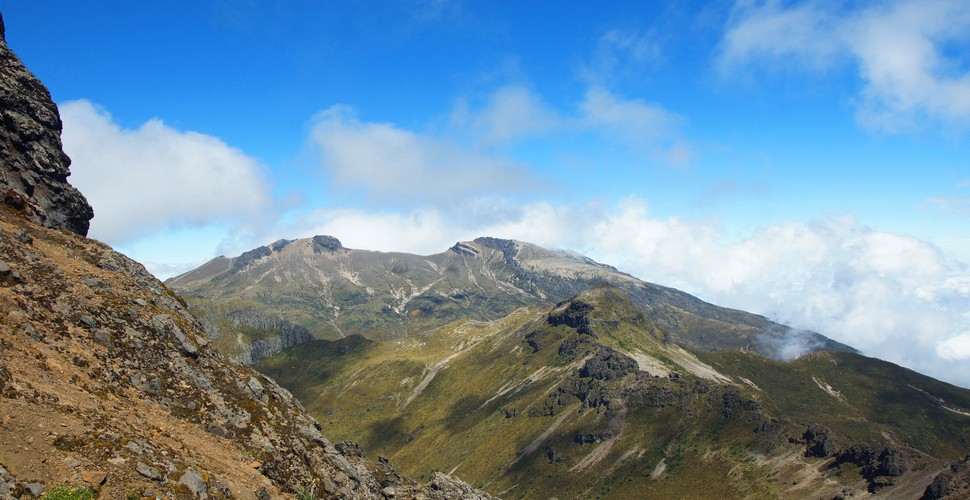
Pichincha Volcano
El Altar
El Altar is an extinct volcano that can be found in the Sangay National Park. The mountain is actually a series of nine peaks, all named after figureheads from the Catholic religion, like bishop, friar and nun. For the more adventurous trekker, you can take a three-day hike and it is possible to stay overnight at a refuge run by the Hacienda Releche. Most visitors are wanting to see the impressive views from the crater lake and some even attempt to summit the most technical peak in the Ecuadorian Andes.
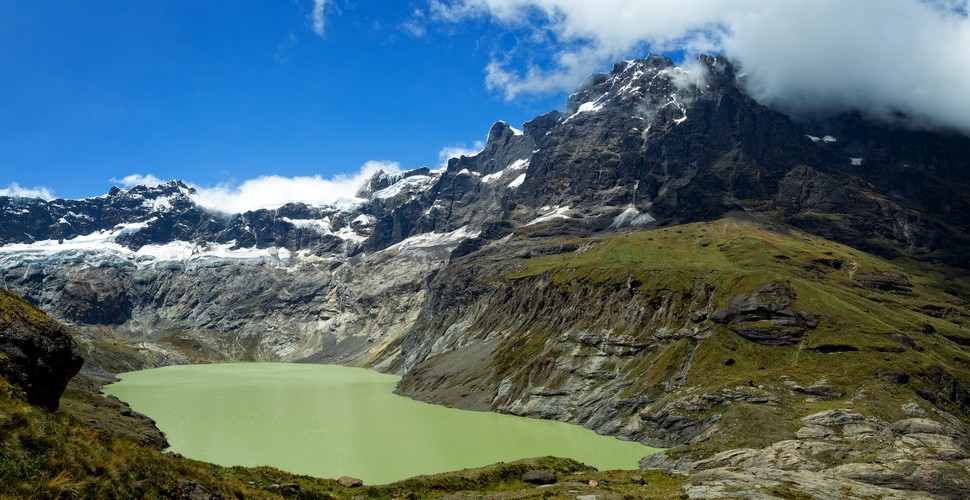
El Altar, Sangay National Park
La Laguna Quilotoa
The crystal-clear blue water of the Quilotoa Crater brings many visitors every year, but only a few intrepid travelers venture past the viewpoint. The traditional hike is a straight path to the water’s edge with a donkey ride thrown in. Break convention and hike the crater rim instead, a ten kilometer full day hike with alternative views of the crater and the surrounding valleys of Tigua and Chugchilan.
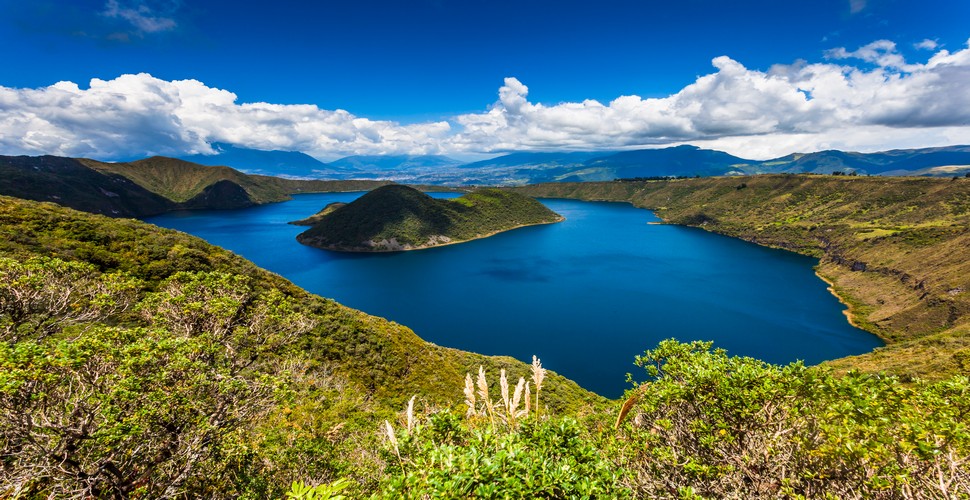
Laguna Quilotoa
Chimborazo
International alpinists come to climb the peak of the Chimborazo Volcano because it’s the highest mountain in the world when measured from the center of the earth as opposed to sea level. It’s also popular for novice mountaineers, as the trek requires little technical experience and the summit can be reached for intermediate climbers.
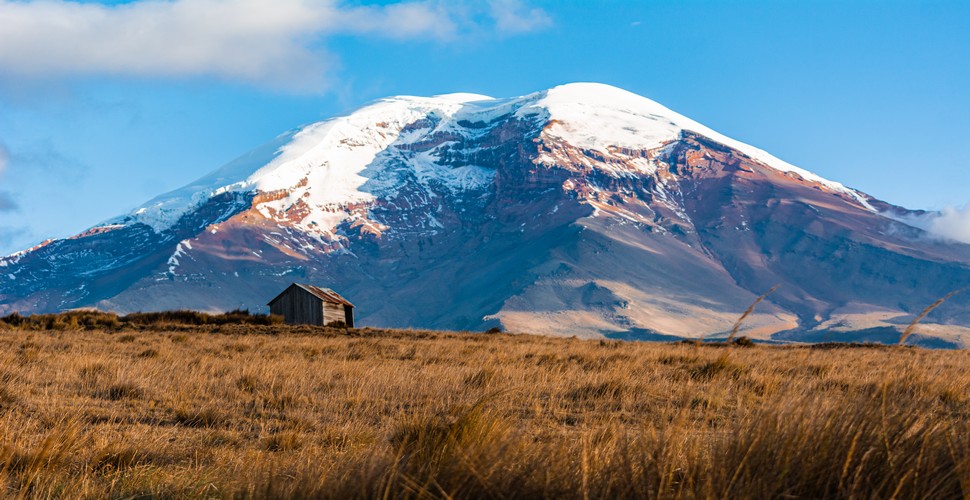
Chimborazo
Sierra Negra Volcano
The second-largest volcano crater in the world is on the island of Isabela in the Galapagos, called the Sierra Negra Volcano. A muddy hike up its tree-covered slopes to a viewpoint overlooking this 60-square kilometer crater. The spectacular sight awaiting is worth every effort and even the widest-angle camera lens cannot capture the completely spectacular views over the black and orange lava beds.
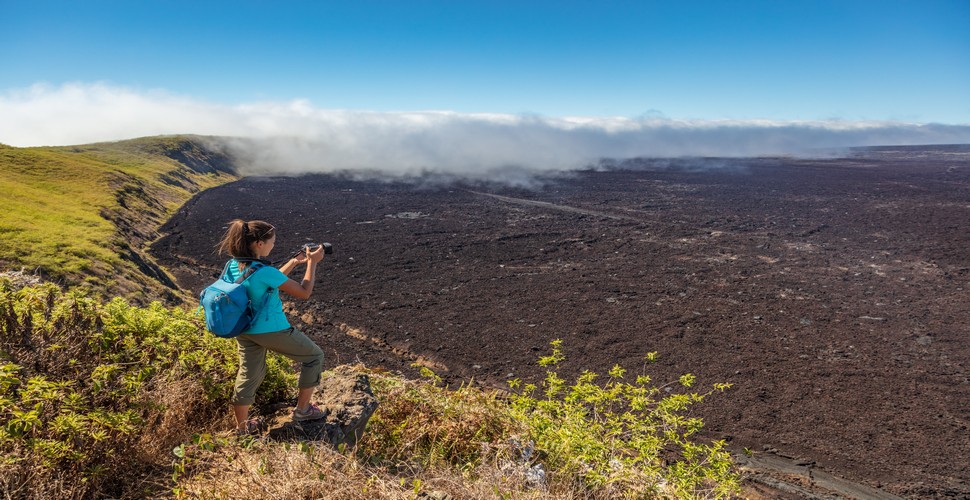
Sierra Negra Volcano, Galapagos
Chico Volcano
One of the most impressive vantage points on the Galapagos Islands is from the edge of the Chico Volcano on Isla Isabela. You will need to set out on a full day trek in often hot, sunny conditions with no shade, through an other-worldly landscape of volcanic remnants through a rainbow-colored landscape of ochre yellows and rusty reds, with charcoal black hues. The reward at the end is views over the unpopulated parts of Isla Isabella, including the Wolf Volcano, on the neighboring island of Fernandina, as well as Rábida and Santa Cruz. This hike is normally combined with a day trip to the Sierra Negra volcano.
